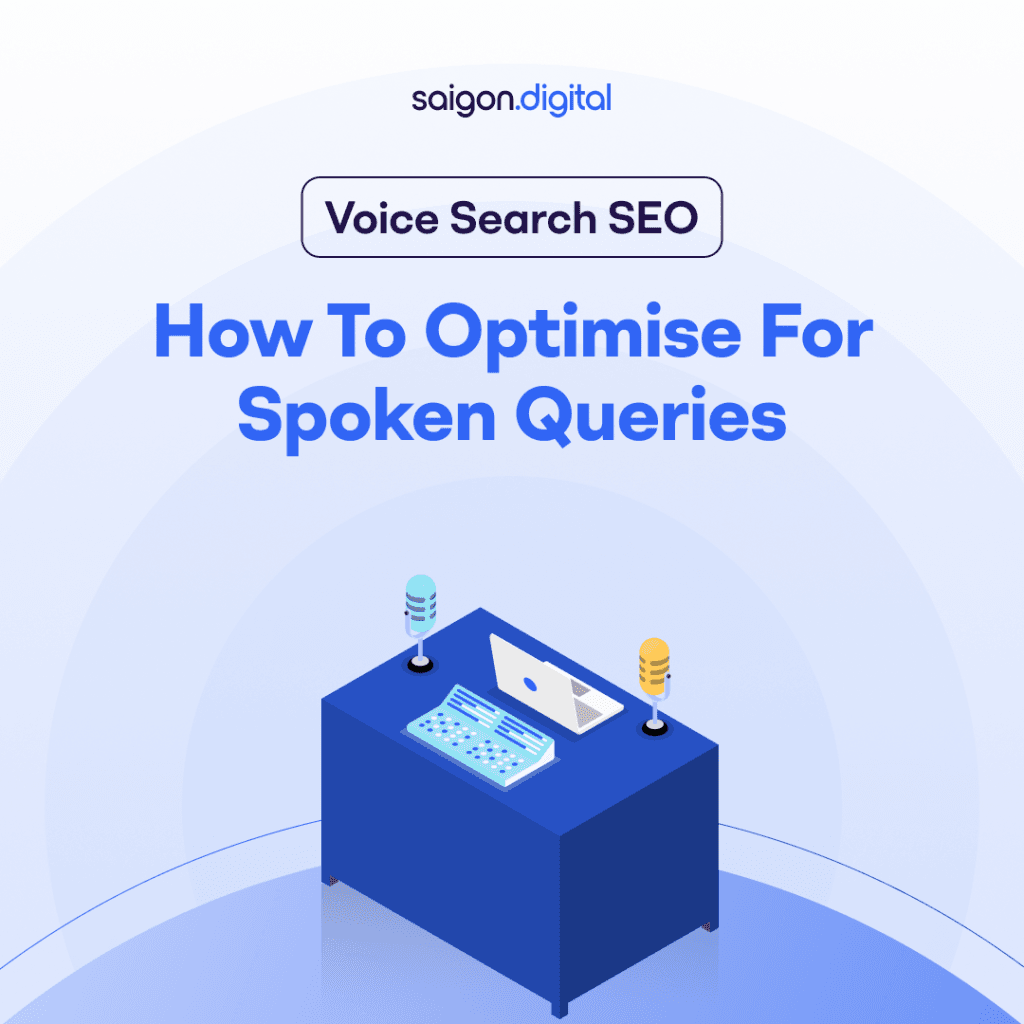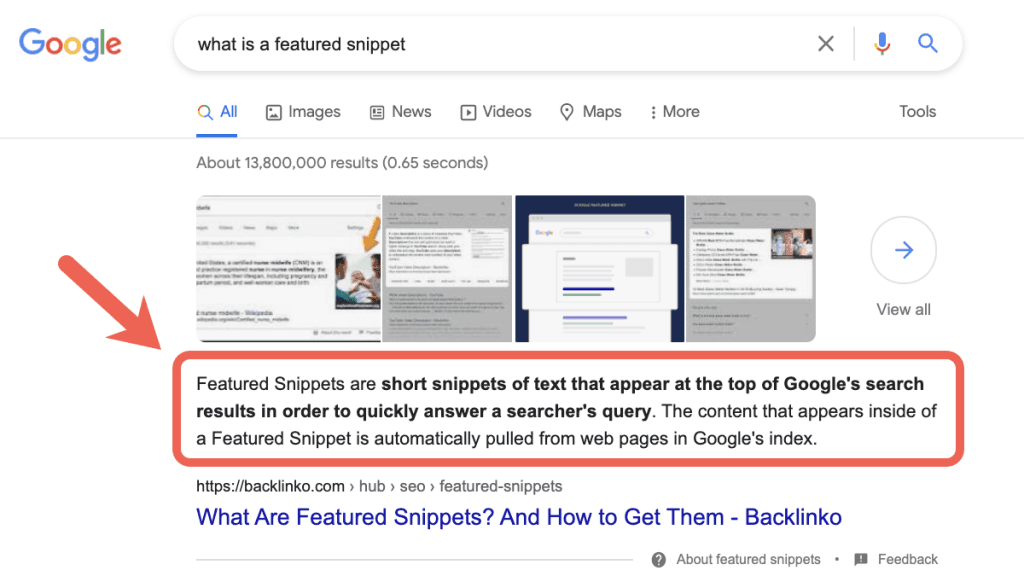
What is Voice Search SEO?
Voice search SEO refers to the optimisation techniques used to ensure your content appears in search engine results when users make spoken queries using voice-enabled devices like Siri, Alexa, etc. Unlike traditional text searches, which are often short and keyword-focused, voice searches tend to be longer, more conversational, and phrased in the form of questions. This means the strategies used for regular SEO must be adapted to accommodate natural language and user intent. For example, while someone might type “best Thai restaurant Bristol”, which is very short and vague in intent, a voice query would more likely be detailed and express a clearer intent such as “What’s the best Thai restaurant near me in Bristol?” Your content must reflect these speaking patterns to capture voice traffic effectively.Why Voice Search SEO Matters
Voice search is rapidly changing how people find information online. With more users relying on voice assistants for quick, spoken queries, optimising for voice search is becoming more and more necessary to stay visible and relevant in today’s digital landscape.Rapid Adoption of Voice Technology
Smart speakers like Amazon Echo, Google Nest, and Apple HomePod have become household staples. According to YouGov , in the UK, three in 10 British adults use digital assistants at least once a day to check the weather, control their smart homes, play music, or perform searches. This widespread adoption means a significant portion of searches now happen via voice. Businesses that fail to adapt their SEO strategies to this behaviour risk missing out on a growing segment of their audience who prefer hands-free, spoken queries over typing.Changing Search Behaviour
Voice search changes how people ask questions. Instead of inputting disjointed phrases, users speak in complete sentences or questions, similar to how they talk to another person. This shift makes understanding user intent more important than ever. Rather than relying on short, rigid keywords, you’ll need to create content that answers conversational questions. Understanding these behaviour patterns helps shape your content to better serve the user and match search engine algorithms that prioritise relevance.Featured Snippets and Position Zero
In voice search results, Google often sources answers from featured snippets , which are concise pieces of content that appear at the top of search results. These "position zero" results are especially important in voice searches because virtual assistants tend to read them aloud. If your content is selected for a featured snippet, you dramatically increase your chances of becoming the spoken answer to a user’s question. That makes optimising for featured snippets a key component of any voice search SEO strategy.
How to Optimise for Voice Search SEO
To improve your visibility in voice-driven results, your content and website must be tailored to natural language, user intent, and fast, mobile-friendly experiences. Below are key strategies to help you effectively optimise for voice search SEO.Use Natural, Conversational Language
Voice search is all about speaking naturally. When writing content, aim for a tone that mirrors how your audience speaks. Avoid overly formal language or robotic keyword stuffing. Instead, use clear, concise, and approachable language. For example, rather than saying “Our digital agency provides PPC services in London,” you could say, “Looking for help with PPC ads in London? Our team can manage your campaigns for better results.” This tone feels more personal and is more likely to match how users ask their questions aloud.Optimise for Featured Snippets
Google relies heavily on featured snippets to provide direct answers for voice queries. To increase your chances of appearing in these prime spots, structure your content to answer specific questions clearly and succinctly. Use headers in the form of questions and provide concise answers immediately below. Lists, tables, and bullet points are particularly effective. For example, a blog post titled “How to Improve Your Website’s SEO” should begin with a straightforward definition or numbered steps to appeal to snippet formats.Target Long-Tail and Question Keywords
Voice queries are longer and more specific than traditional search terms. To capitalise on this, focus on long-tail keywords and question keywords that reflect how users naturally speak. Tools like Answer the Public and Google’s “People Also Ask” boxes can help uncover these phrases. Examples might include “How do I get my website to rank on Google?” or “What’s the best time to post on social media for engagement?” Incorporating these into your headers and subheadings increases your visibility for voice search.Implement Schema Markup
Structured data, or schema markup, helps search engines understand the context of your content. This is especially useful for voice search, where clear and relevant answers are crucial. Implementing FAQ schema, How-To schema, and Local Business schema gives Google the signals it needs to pull information directly from your website. For instance, if you run a dental clinic in Leeds, using LocalBusiness schema can help your clinic appear in voice searches like “Where’s the nearest dentist open now?”Improve Mobile Usability and Site Speed
Most voice searches are performed on mobile devices, so your website must be fully responsive and fast-loading. A poor mobile experience or slow site can cause users to bounce quickly, hurting your SEO rankings. Ensure your pages load in under two seconds, images are compressed, and the layout adapts seamlessly across all screen sizes. Use Google PageSpeed Insights and Mobile-Friendly Test to assess and improve your site’s performance.Prioritise Local SEO
Voice searches often have local intent, such as “Where’s the nearest coffee shop?” or “Is there a vet open nearby?” To optimise for these, ensure your Google Business Profile is complete and up-to-date. Include your business name, address, phone number (NAP), operating hours, and high-quality photos. Also, make sure your location is mentioned naturally in your website content, such as in meta descriptions and headings. For example: “Serving fresh pastries daily in Brighton’s North Laine area.”Build a Comprehensive FAQ Page
A well-structured FAQ page is a goldmine for voice search SEO. Since many voice searches begin with “who,” “what,” “where,” “how,” and “why,” structuring your FAQs to answer these types of queries directly can position your site as a reliable voice answer. Each question should be a subheading, followed by a brief, clear response. Keep answers under 50–60 words when possible to increase the chances of being picked for a voice response.Utilise Conversational Chatbots
Incorporating conversational AI, such as chatbots, on your website can improve user engagement and provide real-time answers to common questions. While not a direct ranking factor, chatbots help mirror the conversational tone of voice search and keep visitors on your site longer. They can also be used to gather new FAQ questions from users, which you can then incorporate into your content for voice optimisation.Mistakes to Avoid in Voice Search SEO
One common mistake is over-optimising by stuffing long-tail keywords into content unnaturally. This makes the content awkward to read and may lead to penalties. Also, neglecting mobile usability or failing to keep local business information updated can severely impact voice search performance. Another oversight is relying solely on written content without considering multimedia elements like podcasts or videos, which are also often consumed via voice-activated platforms.The Future of SEO for Voice Search
As Google continues to develop AI-powered algorithms like MUM (Multitask Unified Model), the focus will increasingly be on understanding context and user intent in a conversational format. This means that search engines will become even better at interpreting spoken queries, and content creators must ensure their messaging aligns with how people naturally ask questions. Voice search SEO isn’t just a trend, it’s an evolution in the way users interact with information. Businesses that understand and adapt to this shift will lead the way in digital engagement.Make Your Content Speak for Itself
To succeed with SEO for voice search, you must go beyond basic optimisation and think about how people actually speak. That means using natural language, anticipating questions, and providing direct, conversational answers. From improving local listings to writing clearer FAQs and implementing structured data, every small adjustment contributes to better visibility in voice results. Here is a voice search SEO optimisation checklist for future reference:- Use natural, conversational language throughout your content
- Target long-tail and question-based keywords
- Structure answers for featured snippets (Position Zero)
- Implement schema markup (FAQ, How-To, Local Business)
- Ensure mobile-friendliness and fast loading times
- Optimise your Google Business Profile
- Build detailed and clear FAQ pages
- Consider chatbots or voice assistants on-site for engagement





